The downward trend in durian prices continued in February, especially in the Mekong Delta. Normally, off-season durian has low output, so prices remain high. However, this year, durian prices have dropped by VND10,000 to VND30,000 per kilogram compared to half a month ago.
Durian price today 12/2
Durian prices today (February 12) continue to remain low nationwide for both Thai and Ri6 durian.
Specifically, Ri6 durian bought in bulk is being purchased for around 42,000 - 45,000 VND/kg while the nice type costs around 65,000 VND/kg.
For Thai durian, the price is recorded at 57,000 - 67,000 VND/kg and 75,000 - 80,000 VND/kg for beautiful Thai durian.
Durian prices in the Mekong Delta have continuously decreased sharply since the beginning of the year due to China's tightening of inspections, posing challenges for the export industry.
In 2024, durian will maintain its position as one of Vietnam's key agricultural export products, bringing in billions of USD in turnover.
Although the durian industry is considered to have long-term growth potential, recent market developments are posing significant challenges. After prices continuously increased in 2024, reaching VND190,000/kg of whole fruit at one point, durian prices turned around and dropped sharply during the Lunar New Year.
The main cause was identified as China's increased quality control, especially the residue of yellow O chemicals on imported products.
The downward trend continued in February, especially in the Mekong Delta. Normally, off-season durian has low output, so prices remain high. However, this year, prices have dropped by VND10,000 to VND30,000 per kilogram compared to half a month ago. In Tien Giang, prices are currently only fluctuating between VND40,000 and VND80,000 per kilogram, VND50,000 to VND100,000 per kilogram lower than in early January.
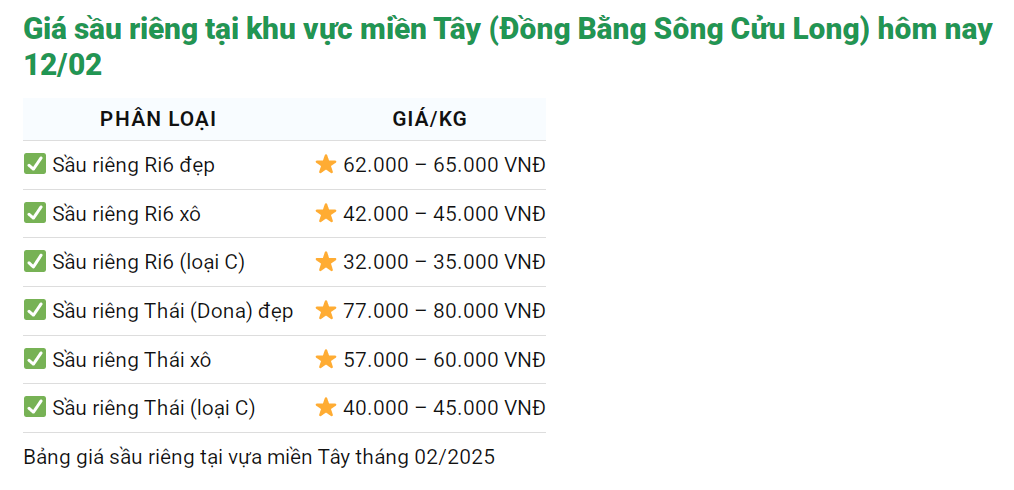
The sharp downward trend in durian prices continues in February.
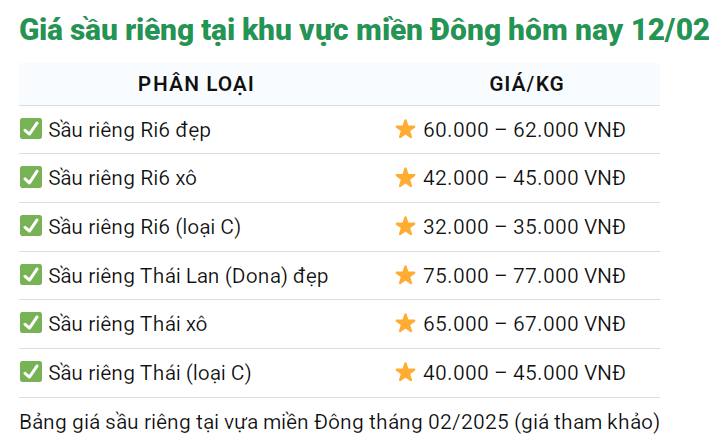
The sharp downward trend in durian prices continues in February.
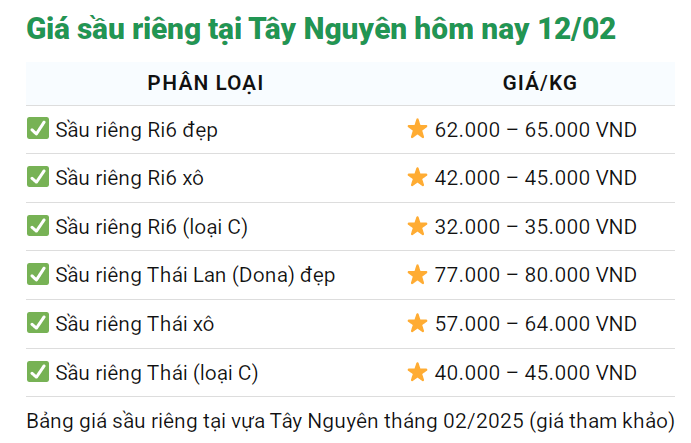
The sharp downward trend in durian prices continues in February.
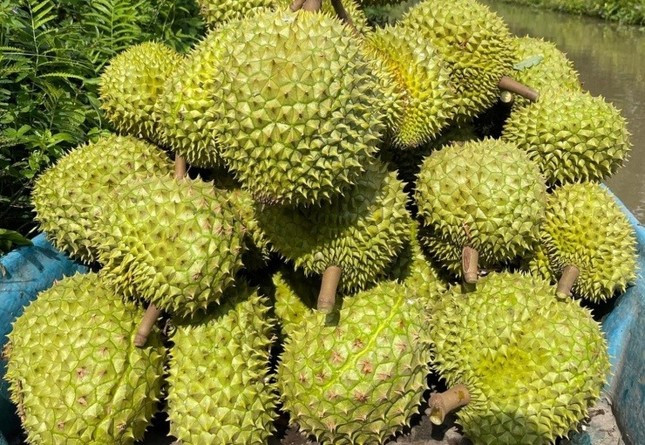
The sharp downward trend in durian prices continued in February, especially in the Mekong Delta.
According to representatives of some export enterprises, the price of durian has plummeted mainly because China has applied stricter inspection standards, especially the requirement to check for yellow O chemical residues. In addition, after the Lunar New Year, consumption demand in China tends to decrease, significantly affecting the amount of exported goods.
According to statistics from the Chinese customs agency, in 2024, the country imported 1.56 million tons of durian, worth nearly 7 billion USD, up 9.4% in volume and 4% in value compared to 2023.
China has sharply increased its durian imports from Vietnam. Specifically, China spent nearly 2.94 billion USD to buy 736,720 tons of durian. Compared to 2023, durian imports from Vietnam increased by 49.4% in volume and 37.5% in value.
Vietnam continues to be the second largest supplier of durian to the Chinese market. Durian accounted for nearly 45% of the total export turnover (3.21 billion USD) of the entire Vietnamese fruit and vegetable industry in 2024.
It is known that in January, Vietnam's fruit and vegetable exports only reached 416 million USD, down 11.3% compared to the previous month (December 2024 reached 529 million USD) and down 5.2% compared to the same period in 2024 (January 2024 reached 490 million USD).
It is forecasted that in February, the export turnover of fruits and vegetables will continue to decrease due to low demand after Tet holiday, causing slower consumption of fruits and vegetables and lower prices. The export turnover of fruits and vegetables in February is expected to reach about 300-350 million USD.
Vinafruit said that durian exports may face further difficulties due to China's increased quality control of yellow O and cadmium on durian. Currently, the Ministry of Agriculture and Rural Development has announced a list of 9 testing laboratories recognized by Vietnam and China as qualified to issue certificates. This is the basis for Vietnamese durian to continue to penetrate the Chinese market.
To maintain the growth of fruit and vegetable exports in the future, experts say that producers and businesses need to comply with new inspection regulations and tighten purchasing links to improve product quality.
Speaking to the press, a representative of the Ministry of Agriculture and Rural Development said that China's requirement that exported durian shipments must have a yellow O quality inspection certificate is a requirement of the import market and we must comply.
According to a representative of the Ministry of Agriculture and Rural Development, during the export process, most of the gardens, packaging facilities, and shipments of Vietnamese durian are confirmed to be very good and of high quality.
The Ministry of Agriculture and Rural Development affirmed: The Ministry has directed regularly and continuously when there are problems with shipments. The Plant Protection Department also affirmed to take serious measures to rectify and limit the number of violating enterprises, if any.
If we do well, durian exports will increase again and prices will increase. Currently, Vietnam's durian growing area is about 169,000 hectares, with a relatively high rate of durian harvest.
Source: https://danviet.vn/vi-sao-gia-sau-rieng-van-giam-manh-trong-thang-2-troi-doc-nhat-la-o-dong-bang-song-cuu-long-2025021215100427.htm


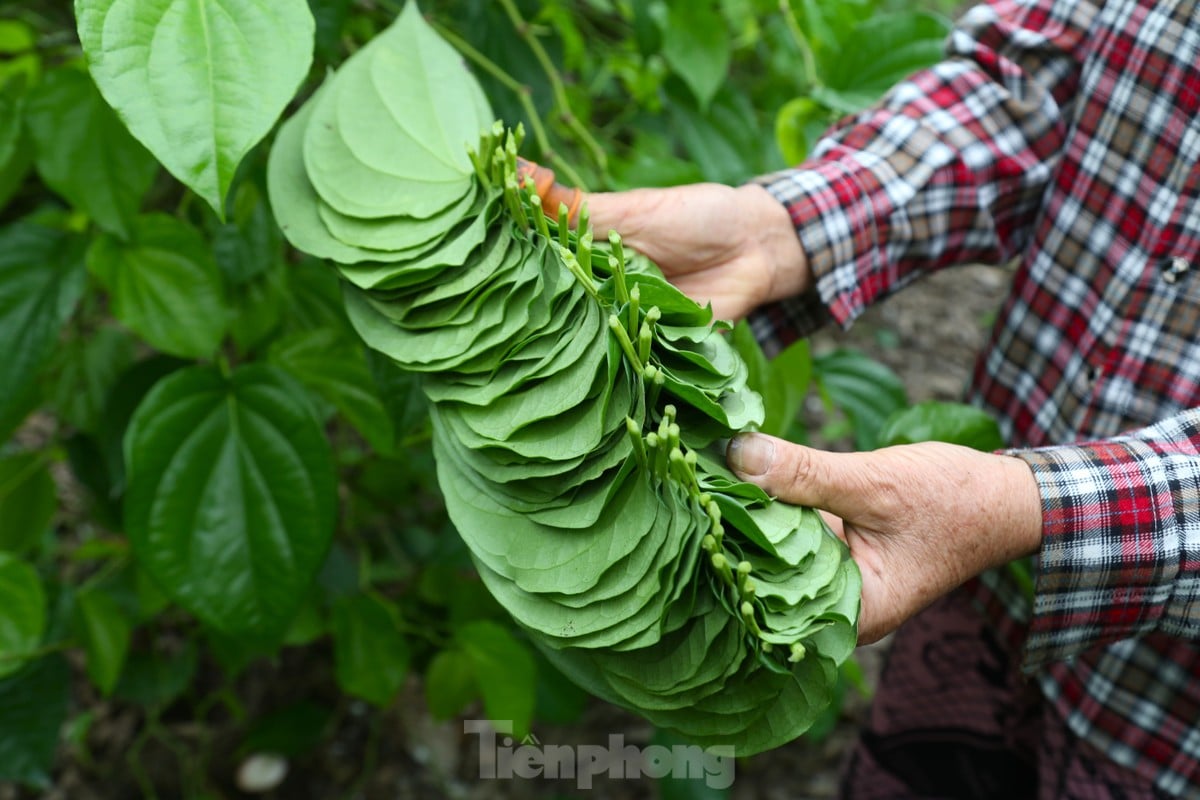





























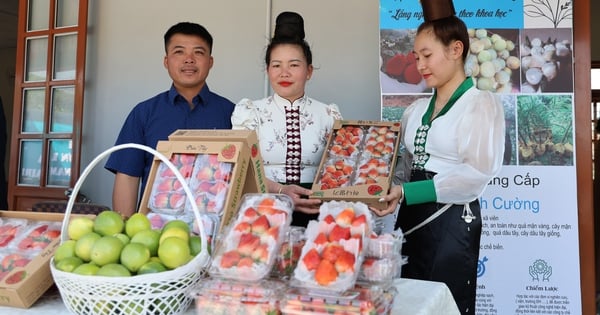

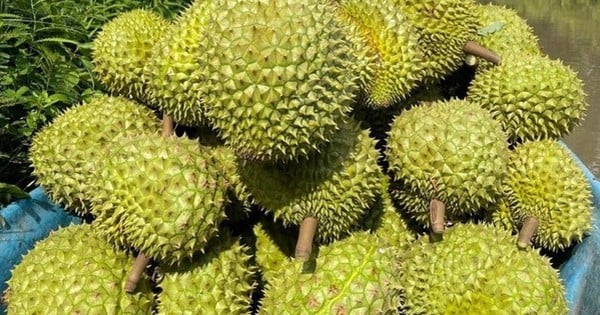
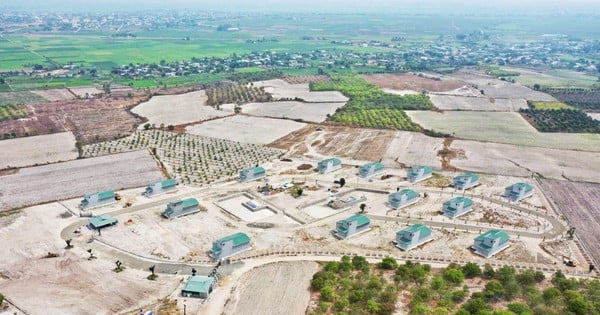
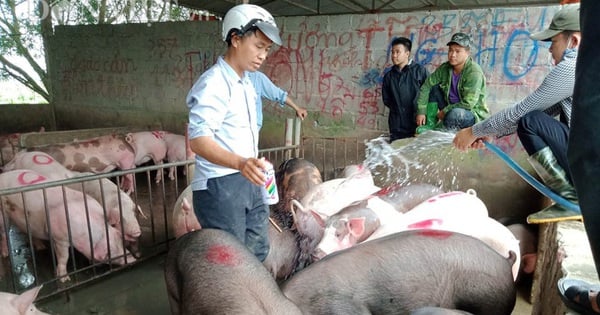
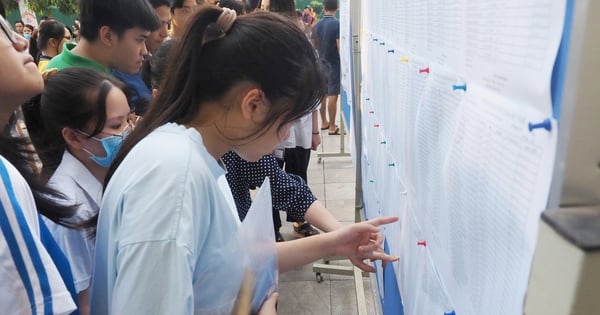















Comment (0)